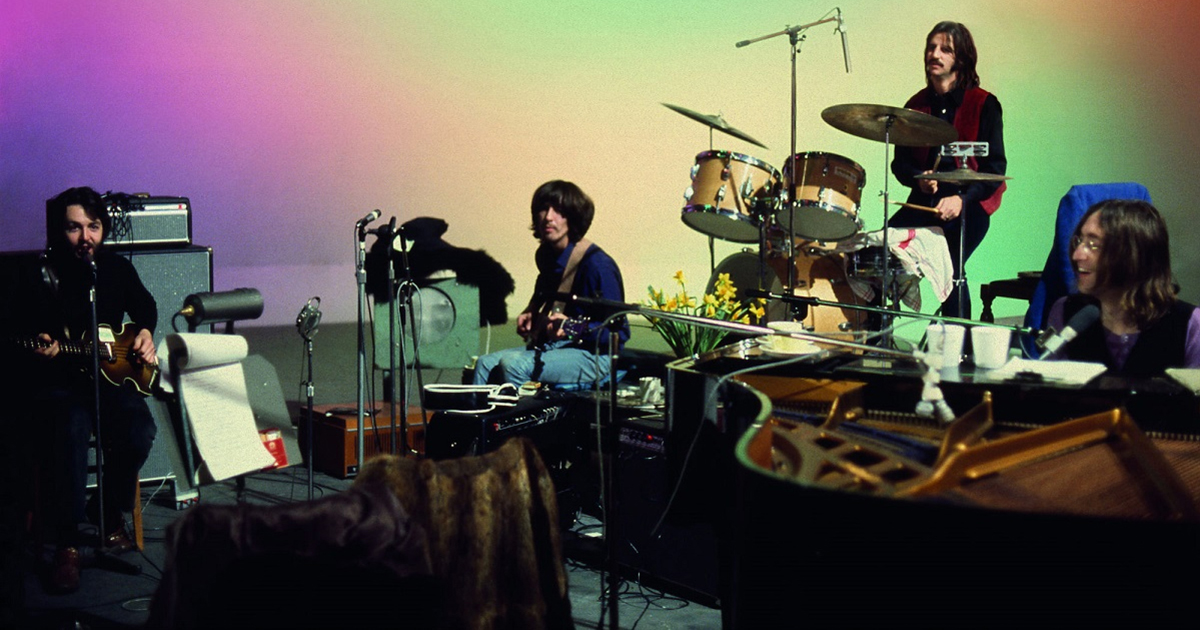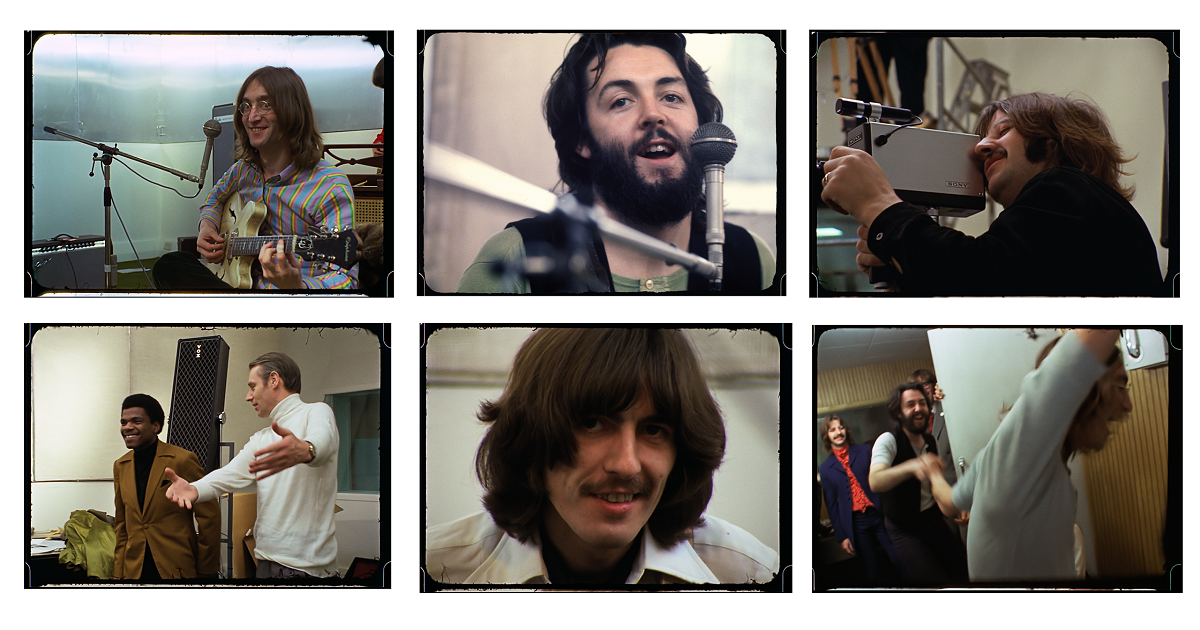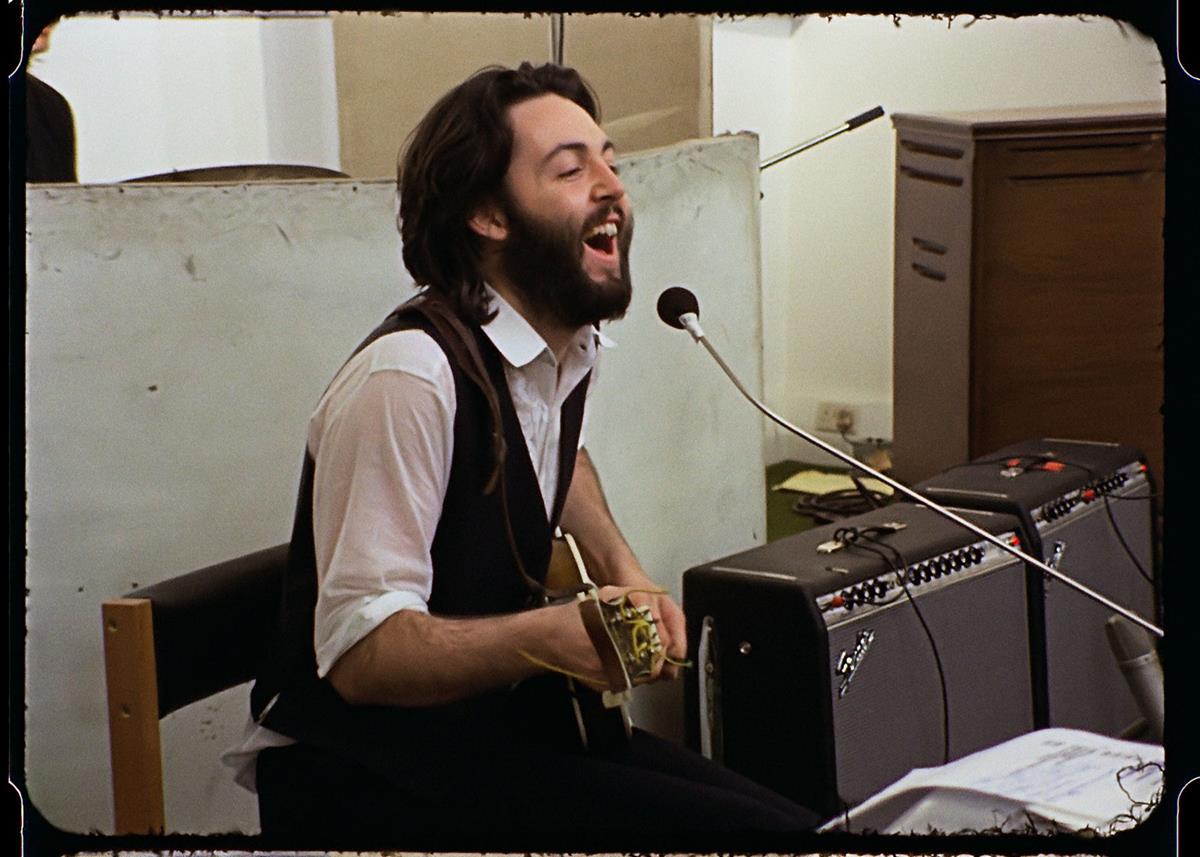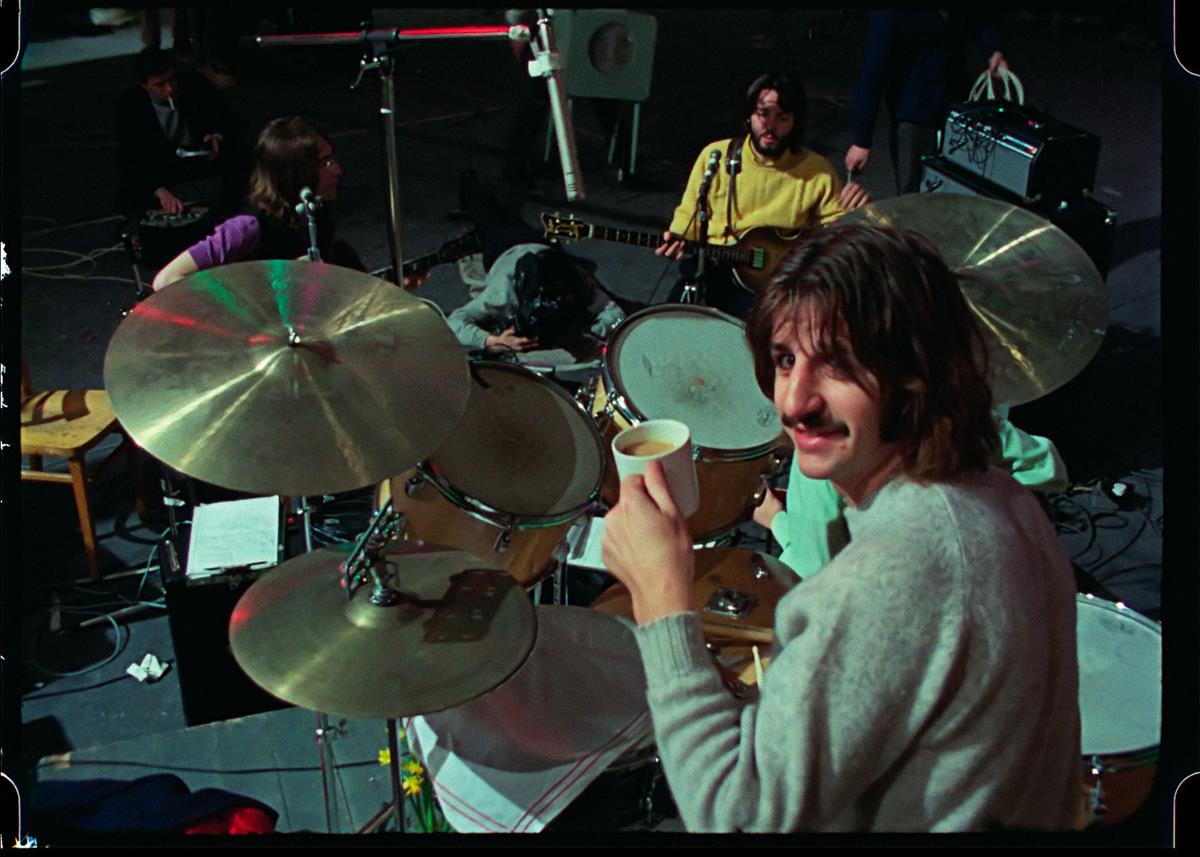
My first viewing of Get Back, the Peter Jackson documentary on The Beatles, happened in mid-December last year, the same time that I was behind the scenes managing the technical operations of the virtual conference, “Career Accelerator for Women,” co-hosted by GALS N GEAR and NAB Amplify. That’s where I met Ellyn McKay. She’s the founder of CEO Vision, a company that’s focused on leadership training and coaching.
Read more: It WAS a Long and Winding Road: Producing Peter Jackson’s Epic Documentary “The Beatles: Get Back”

The Leadership Journey
Ellyn was at the event running a workshop called “Launch Your Leadership Journey.” At one point while the workshop attendees were off in breakout rooms working on leadership development tasks that Ellyn had laid out for them, I found myself sitting in a Zoom meeting one-on-one with Ellyn while she waited; and so I took advantage and picked her brain all I could. (Quick aside — when anyone tells you that “chance meetings” can’t happen in virtual events, I’m here to tell you it isn’t so, it happens to me all the time and meeting Ellyn was one of the better ones.)
In the evenings after the event, I had The Beatles documentary on and had trouble turning it off, I was so enthralled. I was tempted to, I mean I really wanted to slam through the whole eight hours in one go. During the day I had Ellyn’s leadership journey to listen to, at night, The Beatles. At the time, I didn’t put the two together. But now a few months later, I still can’t get Get Back out of my mind, and I’m on the phone to Ellyn again about leadership issues. And this is when it dawns on me, now finally, lightbulb moment, that there’s a serious flaw in the project that The Beatles have undertaken, laid bare, in Get Back.
The flaw: There is no leader! No leadership at all. You might even say, if there is a leadership lesson in Get Back, it’s a lesson in what not to do.
Setting the Scene
The Beatles come together in January of 1969, starting out at Twickenham Studies, and set out on a major creative and commercial undertaking to write a bunch of songs, rehearse them, and at the end of three weeks, play them in a live concert venue and record the concert for a live album. And they will film the whole process of putting this all together so as to have a TV documentary as well. Got it? If you don’t, that’s ok, because it becomes fairly apparent early on that The Beatles didn’t get it either.
There have been a lot of articles about the Get Back documentary that mainly focus on the creative aspect of what The Beatles did. An amazing creative output and amazing documentation of the creative process. Read Adrian Pennington’s article here on NAB Amplify about just that.
READ MORE: Lessons in Creativity and Collaboration from The Beatles (NAB Amplify)
But along with the creativity, The Beatles were a business. And there is room to look at creativity and business at the same time. Leadership falls into both. When you have a team of creatives or you have a team of business operatives, they need an effective leader or some form of leadership team.
Vision. Alignment. Execution
In talking with Ellyn, I learned a three-step leadership outline.
A strong vision is the beginning and the foundation. Once the leaders set the vision, the next step is getting the team in alignment behind that vision. And, finally, there’s execution, which turns the vision into reality.
Vision. Alignment. Execution.
In Get Back we see The Beatles jumping straight to execution with only a vague vision, and very clearly no alignment.
NOT WHODUNNIT, BUT HOW-DUNNIT — DIGGING INTO DOCUMENTARIES:
Documentary filmmakers are unleashing cutting-edge technologies such as artificial intelligence and virtual reality to bring their projects to life. Gain insights into the making of these groundbreaking projects with these articles extracted from the NAB Amplify archives:
- Crossing the Line: How the “Roadrunner” Documentary Created an Ethics Firestorm
- I’ll Be Your Mirror: Reflection and Refraction in “The Velvet Underground”
- “Navalny:” When Your Documentary Ends Up As a Spy Thriller
- Restored and Reborn: “Summer of Soul (…Or, When the Revolution Could Not Be Televised)”
- It WAS a Long and Winding Road: Producing Peter Jackson’s Epic Documentary “The Beatles: Get Back”
They come to the studio with the idea that they are shooting a TV documentary about themselves making a live album, and the project will culminate with a live performance in some undetermined venue. (They are The Beatles so I guess it’s not crazy to think that in three weeks you’re going to secure a venue for the first concert you’ve done in three years?) Anyone can see there is no real plan here. The only real things they have at the start are a studio setting at Twickenham that they all dislike fairly intensely and a deadline. The deadline is set by the fact that Ringo needs to start a film shoot at the end of the month.
In Act 1, we have Paul demanding and cajoling. George protesting and questioning. John ambivalent and clowning. And Ringo, for the most part, silent. Paul tries to play the part of leader, practically lecturing the others on what needs to be done, but no one is following him, not really; and I know from my talks with Ellyn, if no one is following you, you’re very clearly not leading. John is always considered the de facto leader of the group, as Paul states in Act 2 during the secret recording done over their private lunch. But until that lunch, John has made no effort at all to lead the project. The little lecture he gives Paul at that lunch seems to be all he can muster.

Another thing Ellyn tells me: “Execution without vision is chaos.” And that is exactly what we witness at the end of Act 1, beginning of Act 2, with George abruptly quitting the band and walking out, leaving Paul and John scrambling to pull it all back together.
Shout Out to Ringo
And then there is Ringo. No one ever has or ever would suggest he plays a leadership role in this band, right? In the film he says very little. Ah, but when he does speak, his statements are definitive and move the narrative forward at key points when things seem to get stuck. You actually hardly notice that it’s happening. You can’t say he is the leader of the group, but someone might argue, he’s the rock that’s holding it all together. He shows up every single day, unlike the others. When he’s late, it’s not by much, unlike the others. When George walks out, where do they all meet to try to reconcile? Ringo’s house. The filmmaker Michael Lindsay-Hogg tries for days to get the lads to commit to doing a cruise and then a concert in Tripoli, and after it seems like they’ve all agreed to it, Ringo finally says, “I went off the boat, actually,” closing the discussion is finally. Near the end, before committing to do the rooftop performance, when George objects to doing it, Ringo says flatly and clearly, “I would like to go on the roof,” and so they do.

The most poignant of Ringo’s scenes is in Act 2 with the second attempt to approach a reconciliation with George. Ringo comes to break the bad news that George has gone to Liverpool and won’t be back until Wednesday. Paul looks totally distraught. He says, “I think, until then….” He trails off and stares blankly, looks lost. John, directly across from him, also says nothing. It is an awkward, heart wrenching silence that Ringo finally breaks, saying, “Shall we rehearse the numbers.” In the subtitles on the film, there is a question mark at the end of that statement, but it’s not a question, it’s like saying “shall we have some tea.” It is Ringo snapping them out of it, saying this is what we need to do, and they do it.
Was It More Than a Collection of Songs for an Album?
And in the end… maybe they didn’t achieve what they’d hoped to achieve, which was something bigger than a collection of songs for an album (some Beatle historians argue that they even failed at that, to create a real album in those sessions; but we’ll leave that discussion for another time). And the result they got, didn’t get, is very clearly from a lack of vision. They never even agreed on what the scope of the project was. So, without strong leadership and vision, there wouldn’t be any alignment to get them pulling in the same direction. And it’s interesting to note that they are well aware that they have this problem, discussing it on multiple occasions — for example, Paul comes out and says in Act 2, “We really do need a central Daddy figure.”
And yet, in terms of execution on the creative side, there was magic that happened, not on the bigger project, but at the level of the individual songs. A strong team without direction still operating on muscle memory to do what they’ve always done but not able to stretch further, they can still deliver something special.
Epilogue
As a final thought, something that baffled me was the fact that they never gave up on the filming. The Beatles let the film crew stay and keep rolling from day one until the end, even after they decided there would be no television special, even despite the fact that they were continually trying to dodge the cameras. I don’t know how many times you hear one of them say something along the lines of, “You’re not recording this are you?”
In interviews, Peter Jackson has stated that The Beatles would go so far as to crank up their guitars so that they could have conversations that wouldn’t be overheard and recorded (luckily Jackson explains, we now have technology to strip out the guitar sounds and those conversations are preserved). There was certainly some vision in that. In keeping the cameras rolling despite the doubts, despite the expense of it that they complained about, despite the unease and uncertainty of why they were doing it. I mean they couldn’t possibly have realized that 50 years later those sessions would turn into a documentary masterpiece. Could they? (Smiley face/wink.)



